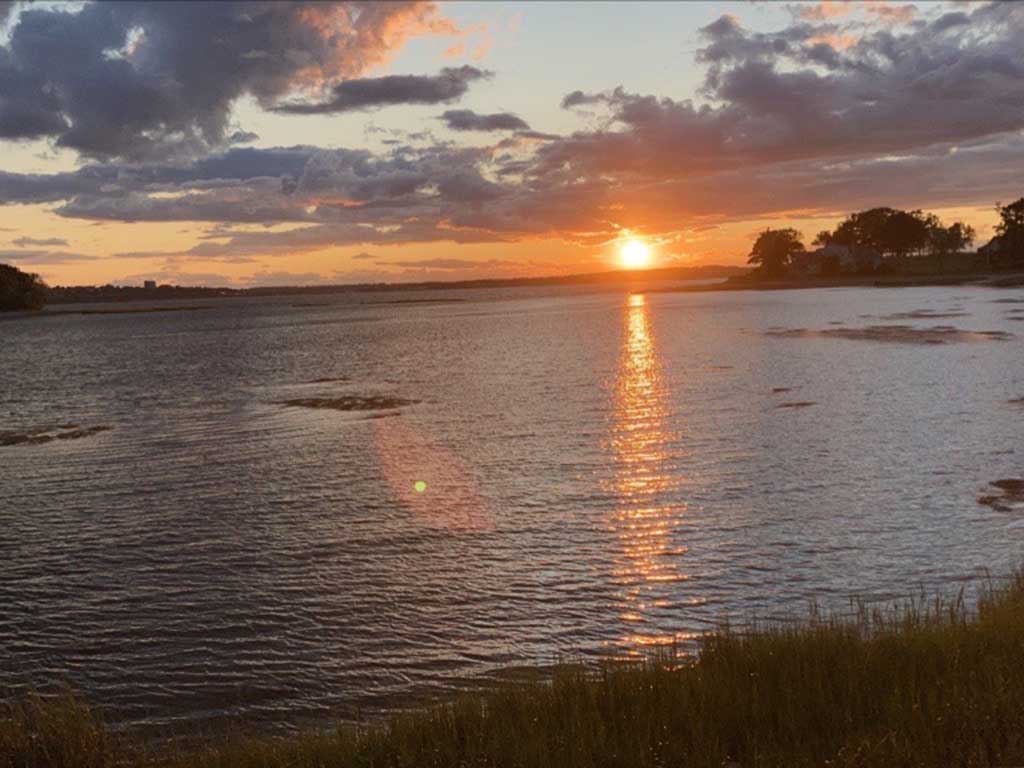Innovating Our Waterfronts
Global Inspiration for Local Solutions
By Jade Christensen
As we find ourselves amid yet another month of rainstorms and flooding, it’s imperative that we turn our attention to fortifying our waterfronts to safeguard our communities. The relentless battle against rising waters is a challenge that coastal regions, including our extensive coastline, grapple with year after year.

Around the globe, innovative approaches are being employed to address similar concerns. Let’s shed light on some noteworthy strategies taken by communities worldwide that have proven successful in enhancing resilience and sustainability in the face of climate-related challenges.
Nassauhaven – Rotterdam, the Netherlands
Nassauhaven has utilized an unused harbor basin by building it up with water houses and a nature-friendly bank. This initiative allows the ocean and tides to ebb and flow freely while reintroducing nature to areas once dominated by concrete. The floating houses, designed to be mostly self-sustaining, utilize solar panels, biomass heating, and internal water purification systems. This project is just one example of the ongoing efforts in the Rotterdam region to mitigate risks and foster a sustainable future.
Jurong Lake Gardens – Singapore
The Gardens, a national park located outside the city center, aims to restore the ecosystem to its freshwater swamp origins and enhance its climate resilience and biodiversity. Originating as an industrial development in the 1960s, Jurong Lake Gardens began its metamorphosis in the 1970s. In recent years, Singapore has reignited its commitment to expanding the potential of this space. Beyond reintroducing flora and fauna to the city, the Gardens strive to reconnect the community with nature. The space incorporates garden plots, classrooms, wellness centers, and more. Moreover, Jurong Lake Gardens serves as a living laboratory for sustainability and technology. The Gardens act as a testing ground for innovations like autonomous vehicles and integrated garden management.
These international case studies offer Maine a glimpse into the possibilities for developing our own waterfronts while simultaneously addressing the local impacts of the climate crisis. The experiences of Rotterdam and Singapore demonstrate that a forward-thinking approach to urban planning and environmental management can yield resilient, sustainable, and community-centric solutions.
What can we do now?
As we face the ongoing challenges of climate change, it is crucial that we draw inspiration from successful initiatives worldwide. As a community we should be focusing on bringing these innovations to the forefront of our projects. Working to protect our coastline contributes to the well-being and vibrancy of our communities.
What can we do now? Maine’s coastline is always under development. Look for opportunities to help protect and build natural areas that create a buffer for the community and the ocean. Or find innovative designs when building out onto the water to create a more resilient structure.
RESOURCES
Urban Land Institute, “Parks That Protect: Leveraging Waterfronts for Resilient Communities,” Washington, D.C., 2023.






